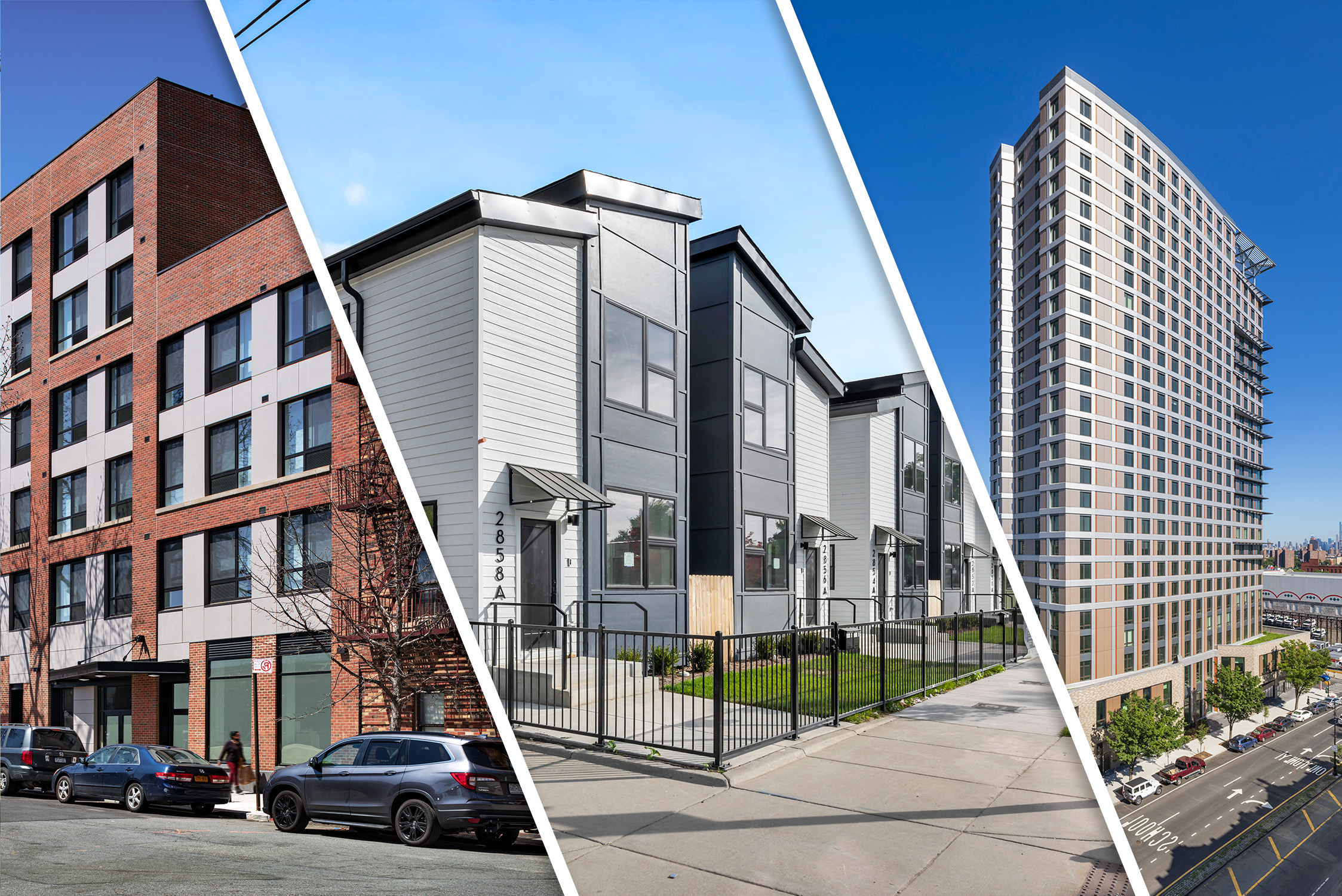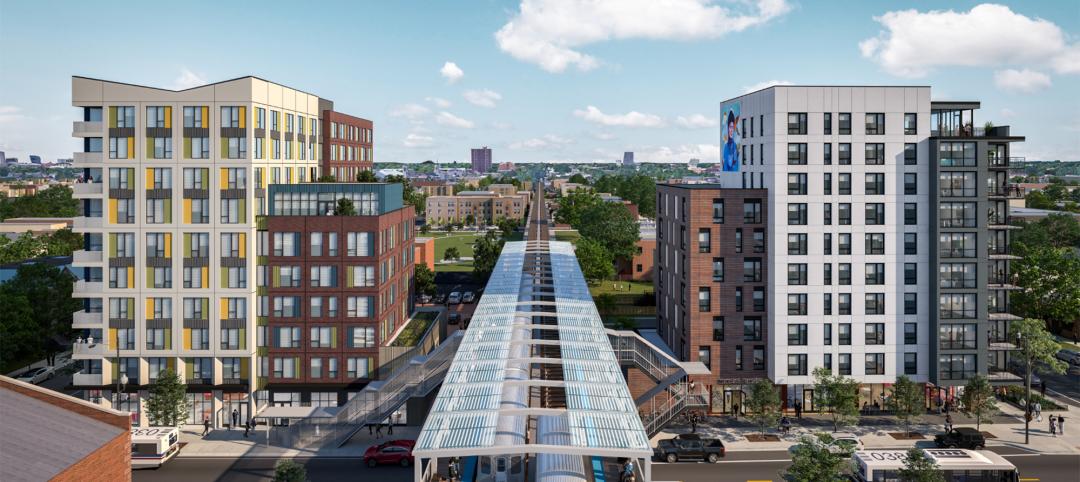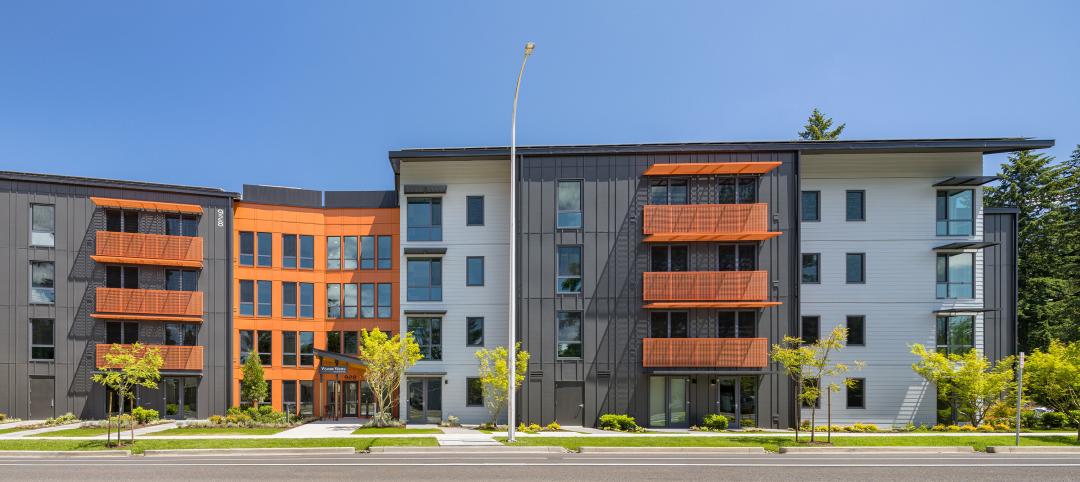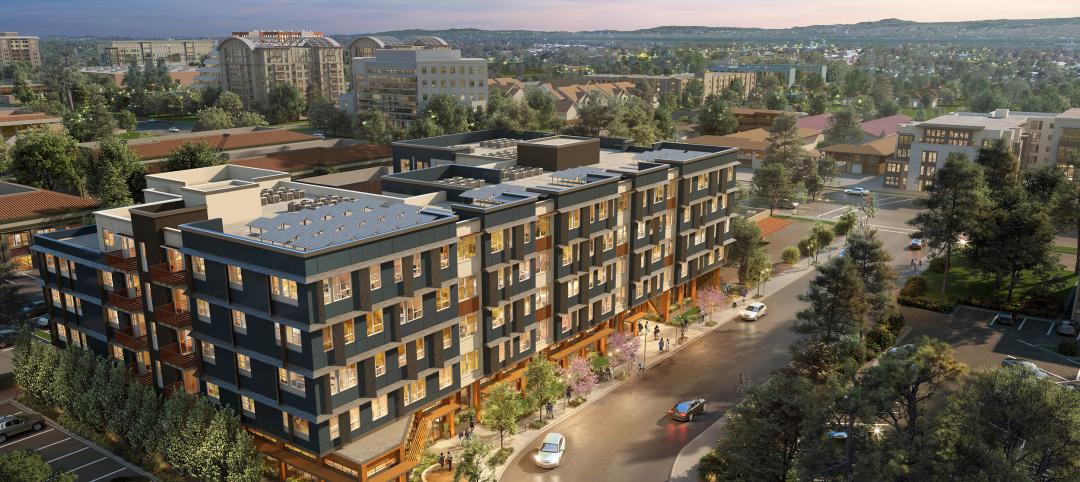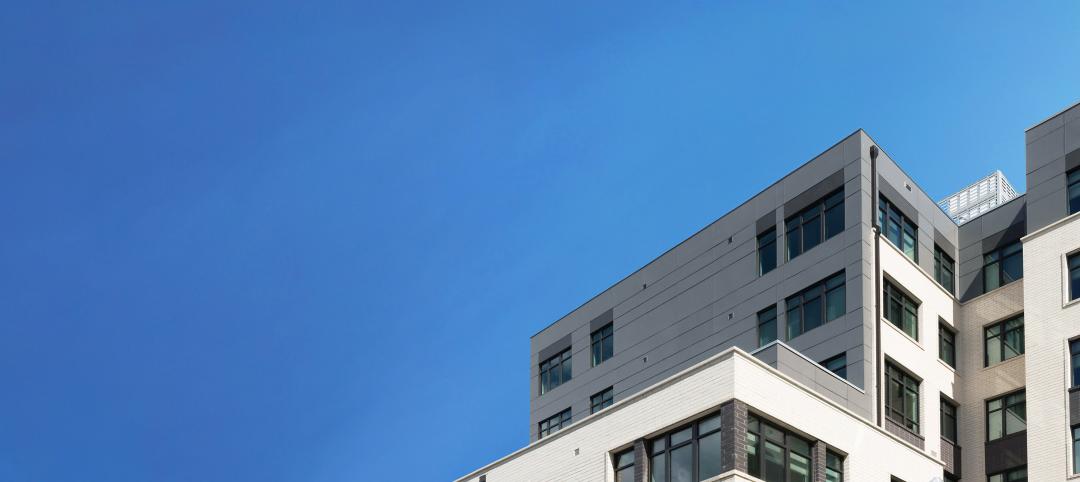In our latest call for entries, Building Design+Construction collected over 20 multifamily projects with a focus on affordable housing. These three developments faced certain obstacles during their building processes—from surrounding noise suppression to construction methodology.
This article is part of BD+C’s 2023 affordable multifamily project roundup. While this article focuses on projects that faced unique challenges during their building processes, other categories include Passive House-designed developments, mixed-use communities, and more. The entire list of projects can be found here.
683 Thwaites Place
Bronx, N.Y.
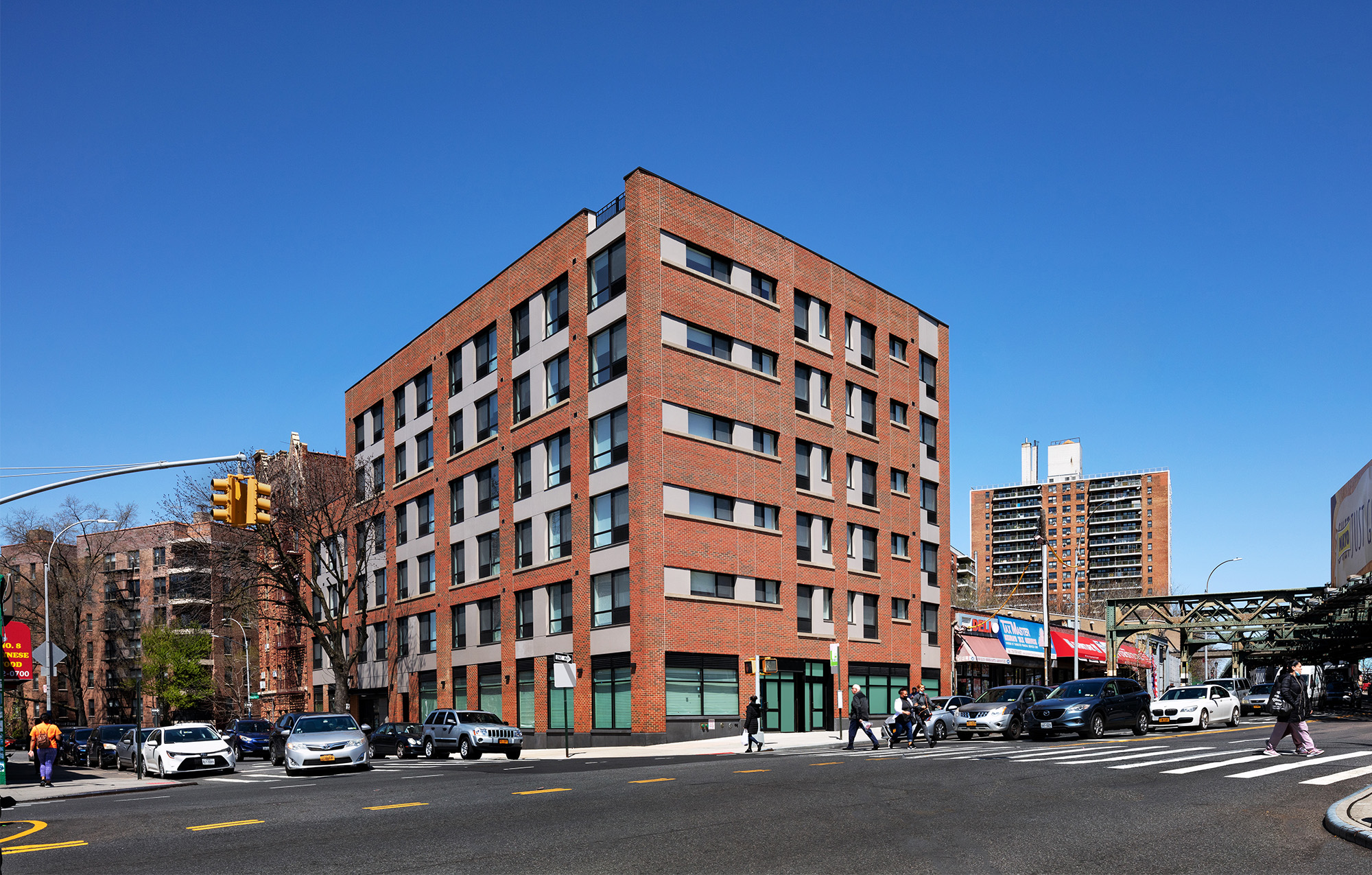
683 Thwaites Place is a for-profit development featuring 36 high-quality affordable apartments, street-level retail, and community spaces. The surrounding Allerton neighborhood of the Bronx presented an ideal opportunity for developer Volmar Construction: An area where market-rate units rent at rates only marginally higher than those earmarked as affordable.
The site—under 4,000 sf and directly facing an elevated platform serving subway trains—presented multiple challenges. For one, the typical block-and-plank technique was a nonstarter, so architect RKTB selected a metal “deep deck” system as an alternative approach. Additionally, the architects had to devise a way to reduce the levels of noise from passing trains for residents, and also complete a thorough review process to ensure the development would pass muster with the Metropolitan Transit Authority (MTA). RKTB worked with specialty consultants for both MTA compliance and noise mitigation, passing many levels of review and approval before construction could even commence.
The façade design tackled the noise issue by minimizing window openings on the side facing the train and elevating them to almost a clerestory height, compensated for by openings to bring in light and air on other sides. Only the bathroom and kitchen of a single unit on each floor is located along the train-side wall. Additionally, the sustainably designed building incorporates rooftop solar panels and a high-performance thermal envelope as strategies for reducing energy costs.
On the Building Team:
Developer, GC: Volmar Construction
Architect, Interiors: RKTB Architects
Structural Engineer: Brooker Engineering
MEP Engineer: Joselow & Associates
Green-Building Consultant: The Association for Energy Affordability, Inc. (AEA)
Building Code Expeditor: Nagan Ex, Inc.
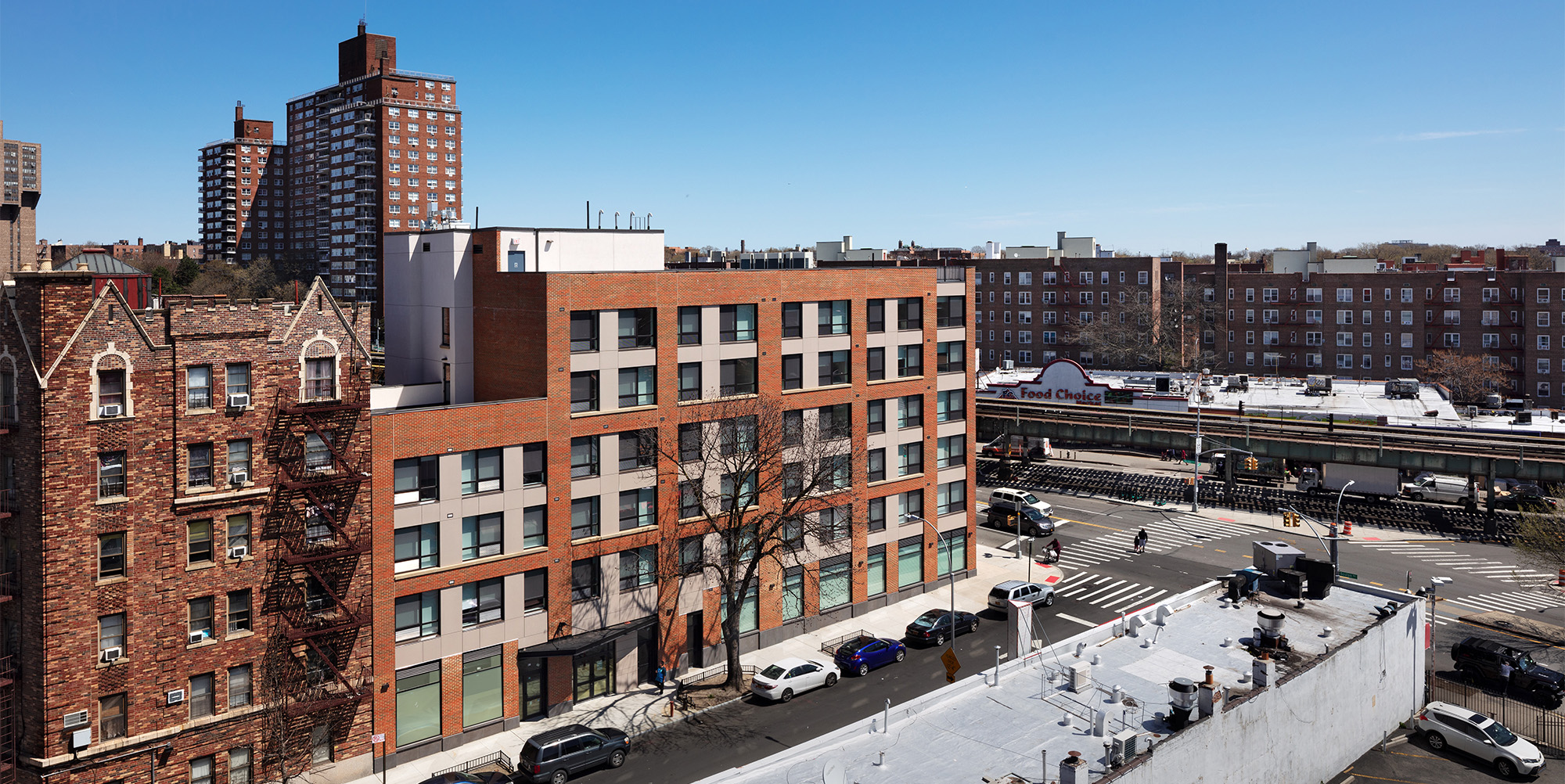
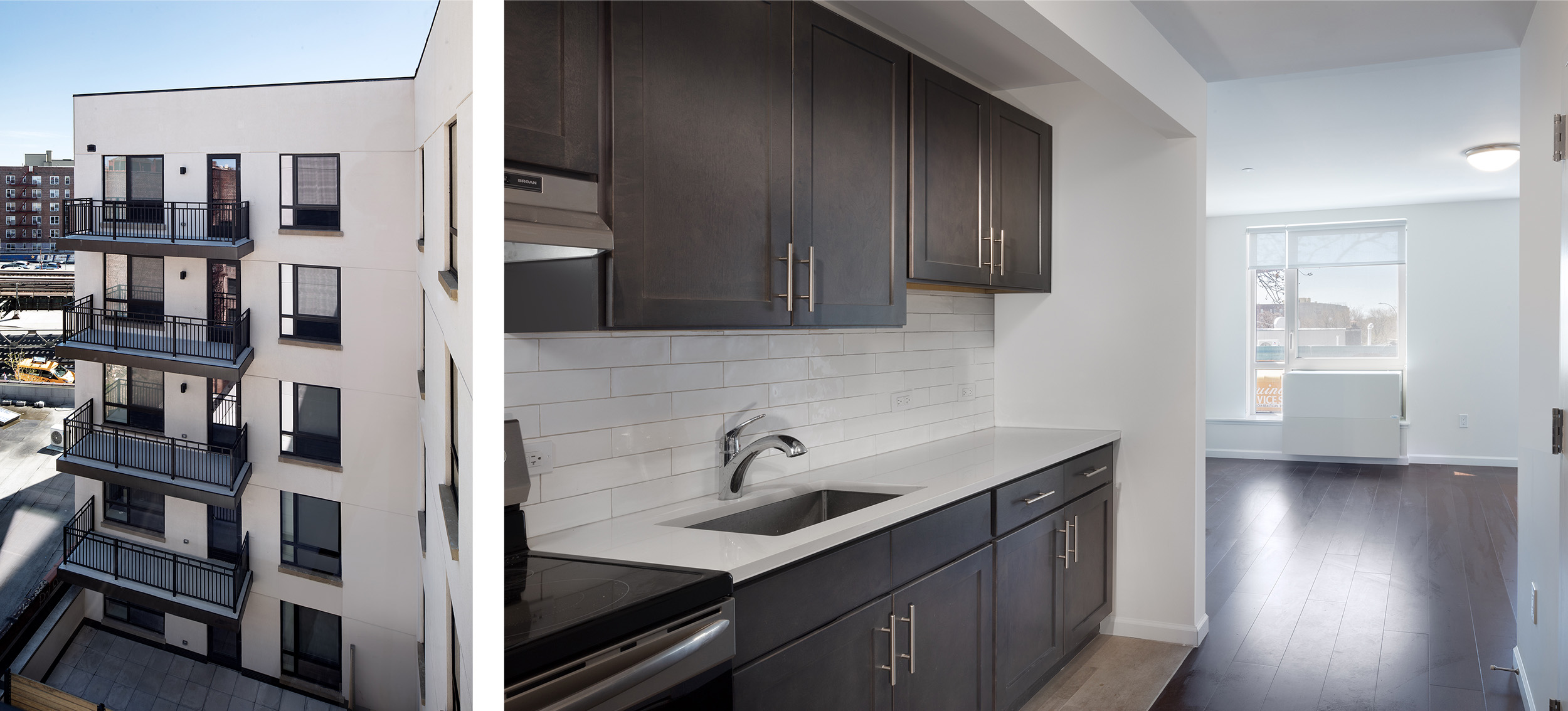
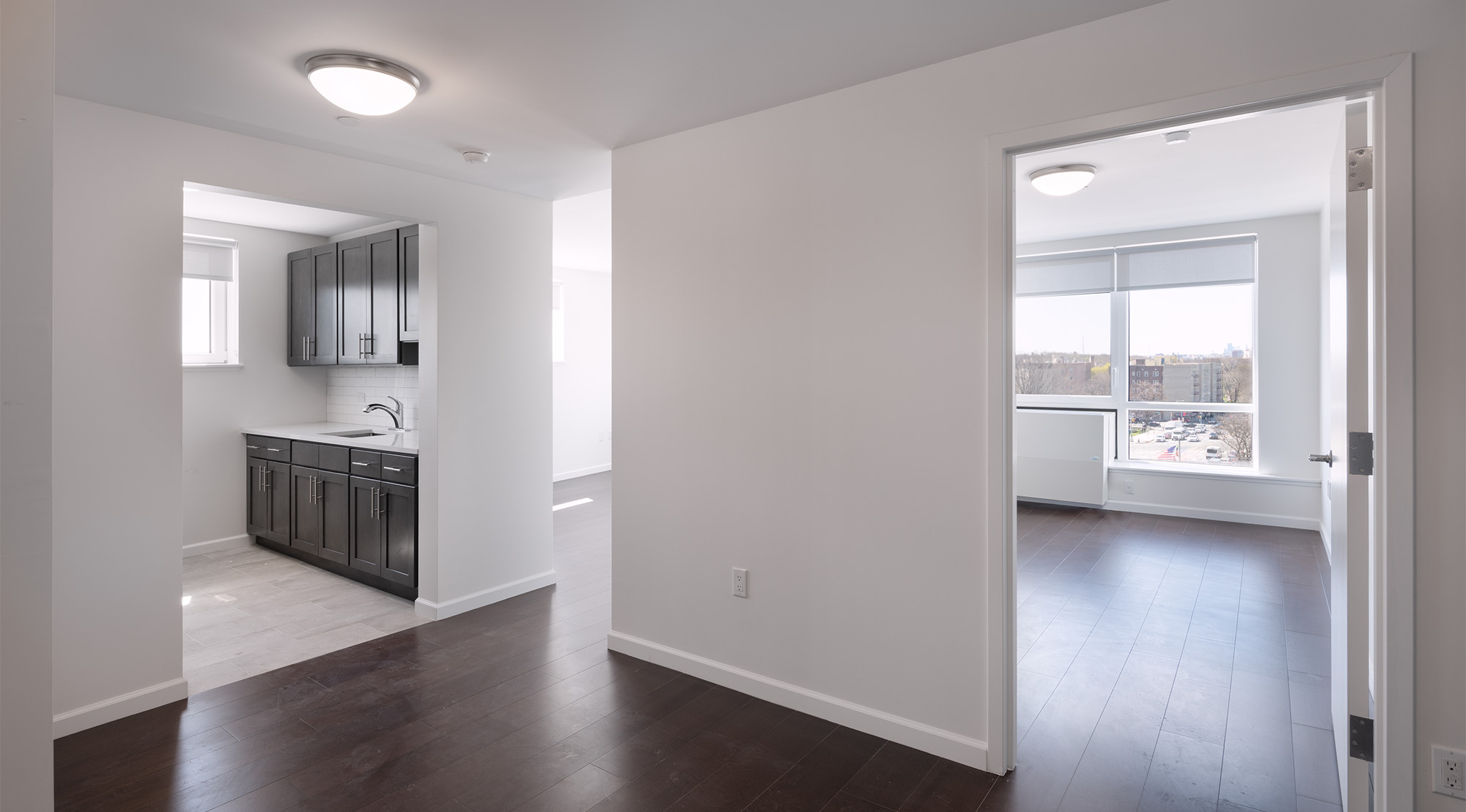
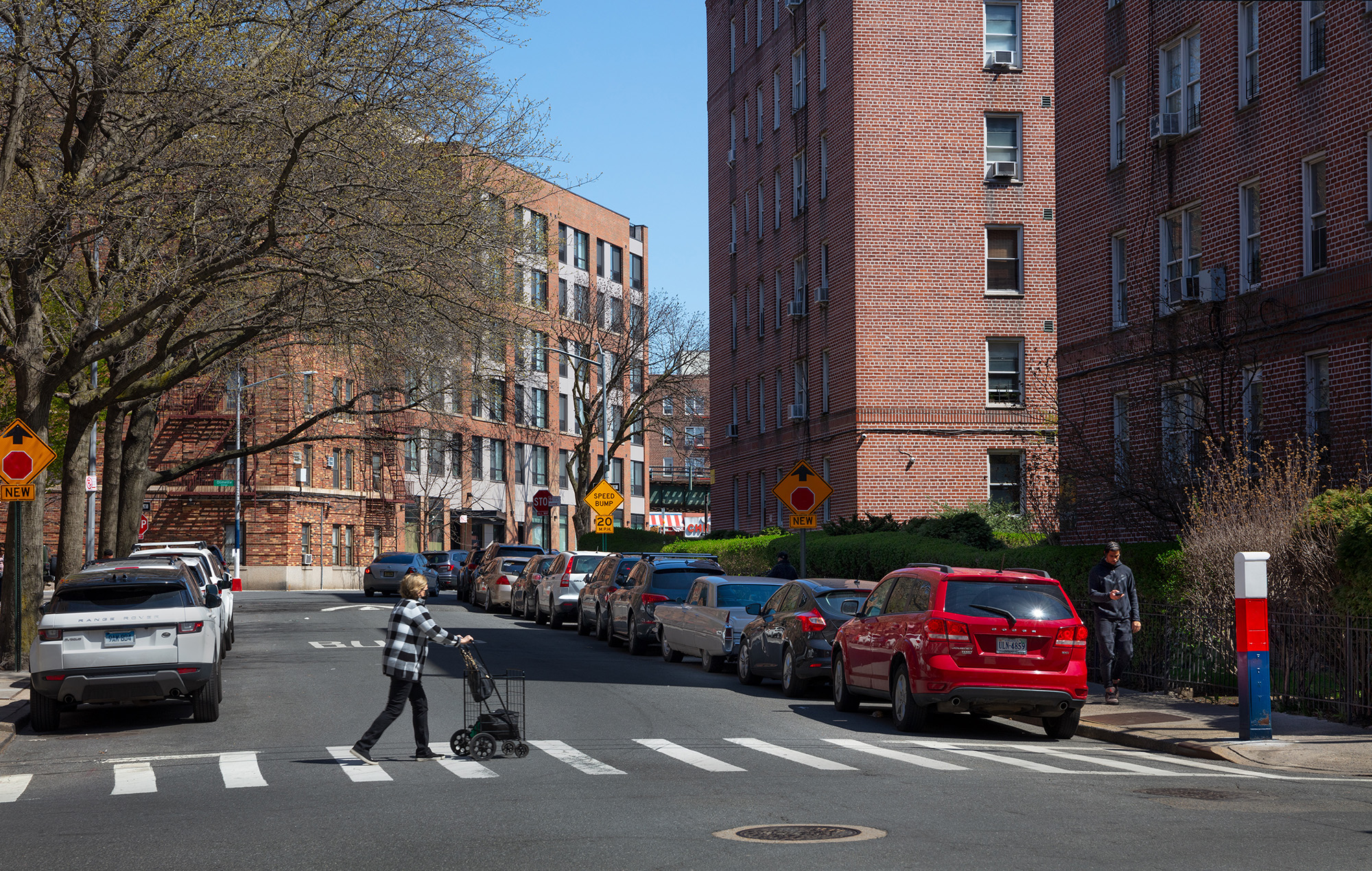
Harrison Row Townhomes
Chicago, Ill.
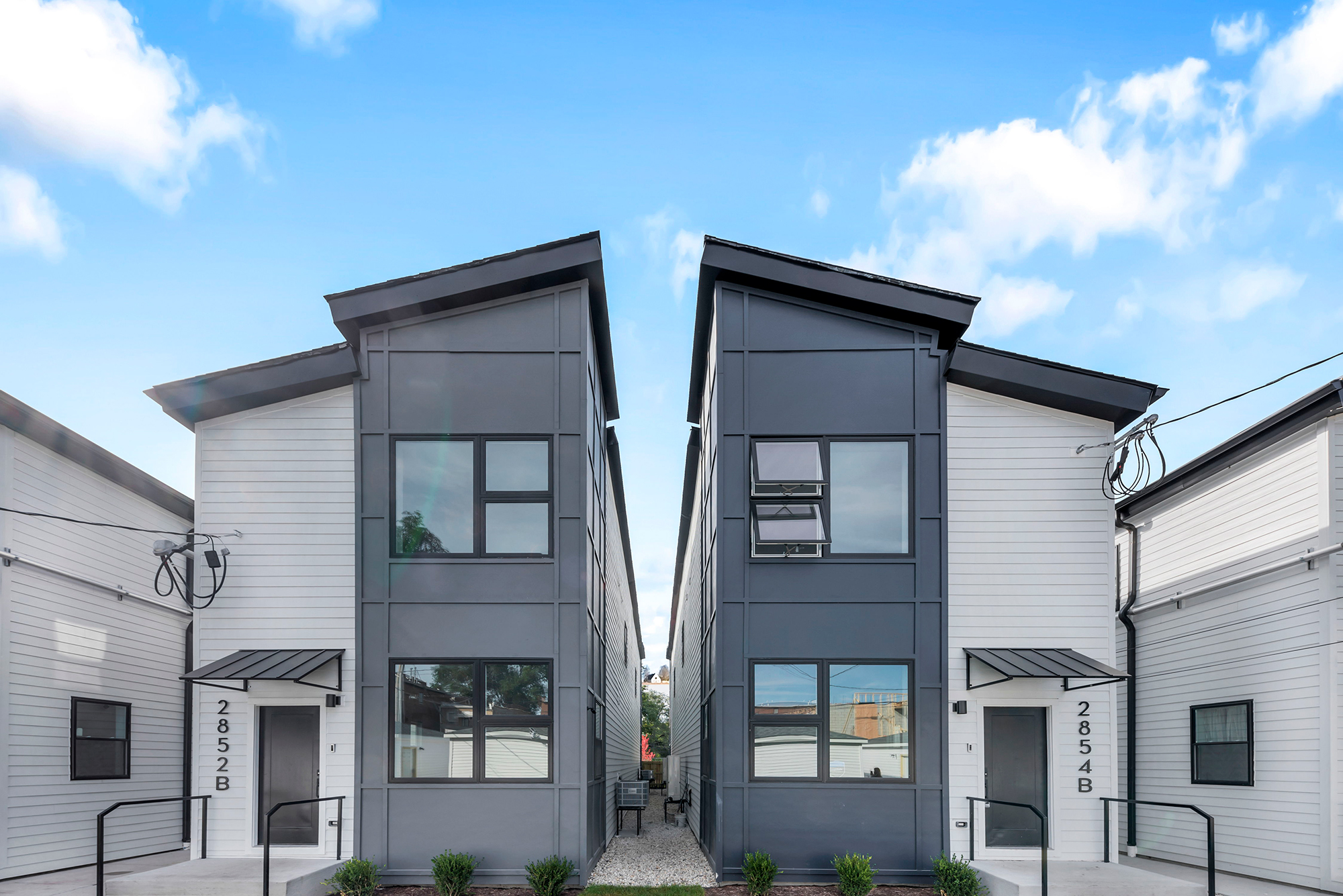
Harrison Row Townhomes is a 40-unit housing community in East Garfield Park, Chicago, Ill., for households earning up to 120% of the area’s median income (AMI). Twenty-eight of the units were built by Chicago-based Kinexx Modular Construction, marking the first townhome application of the company’s modular designs, with residences placed back-to-back rather than side-by-side. The residences at Harrison Row are all family-sized, with three or four bedrooms and 1.5 to 2.5 baths—and, uniquely, are for-sale rather than rental.
Structured partnered with Fain’s Development, LLC, a Black-owned developer based nearby in East Garfield Park, on the project – first as a mentor during Phase One, then as a joint venture partner on two of the 28 modular units in Phase Two. Kinexx manufactured the modules in its Southwest Side factory and transported them to the site for assembly on a standard perimeter foundation. When complete, the homes are indistinguishable from those built using traditional construction methods, with no seams visible. Kinexx is the first company to design, build and install a modular home in Chicago, with plans customized to the city’s typical lot size.
On the Building Team:
Developer: Structured Development
Architects: Axios Architects, Ellipsis Inc.
Structural/Civil Engineers: Webster, McGrath & Ahlberg, Ltd., Kinexx Modular Construction
MEP Engineers: Axios, Ellipsis Inc
Landscape Architects: Reveal, First Choice Landscaping, Diaz Landscape
General Contractor: Kinexx Modular Construction, Chicago Common
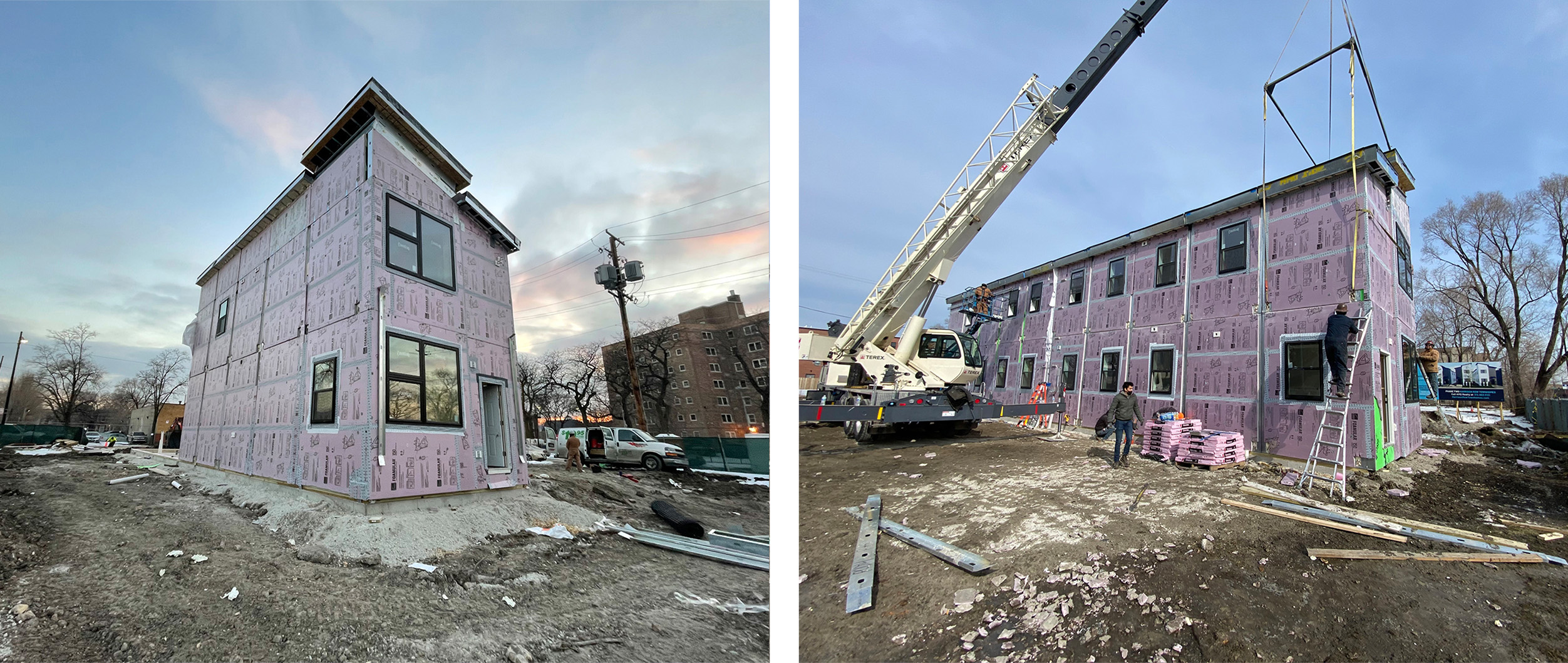
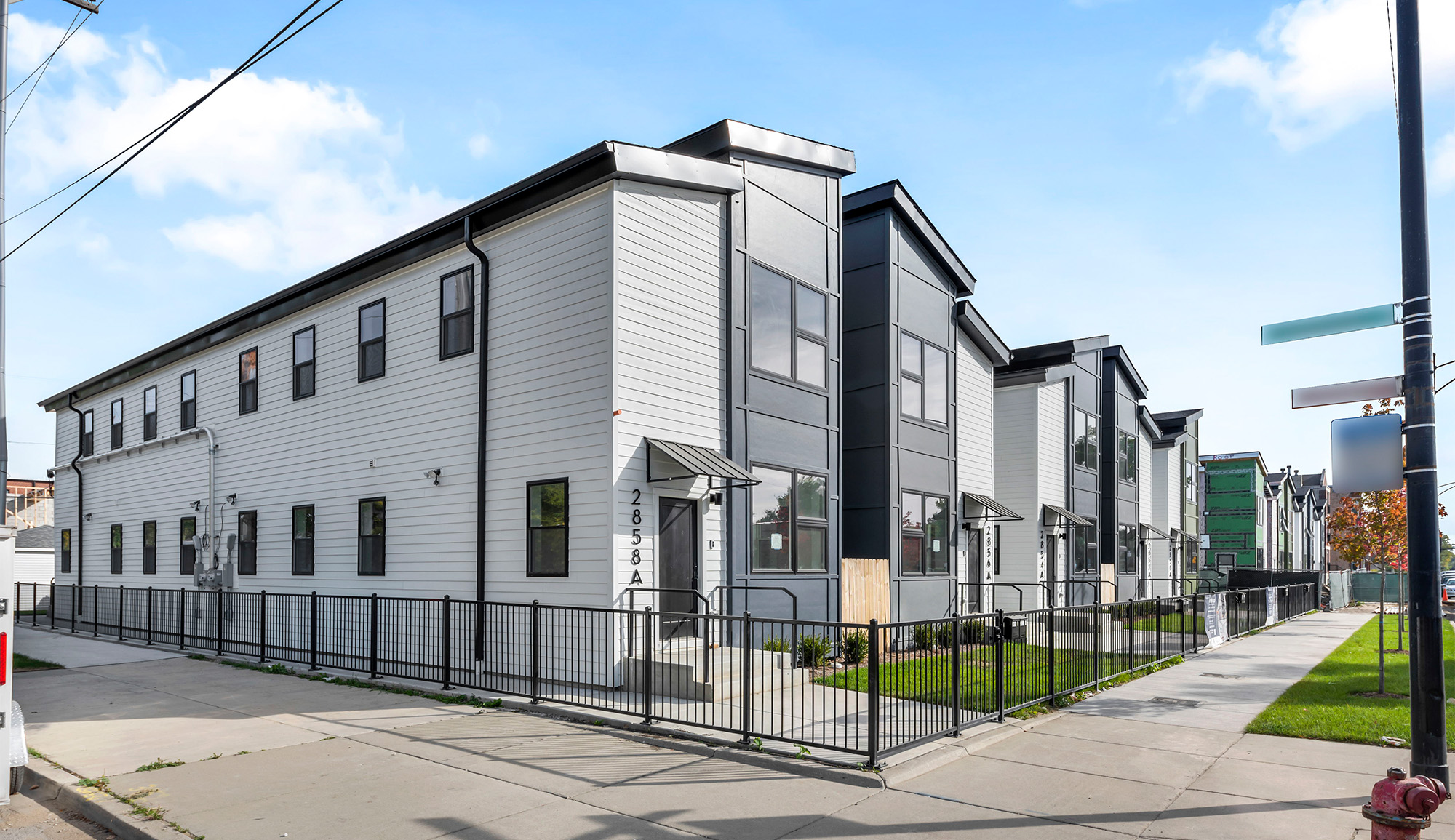
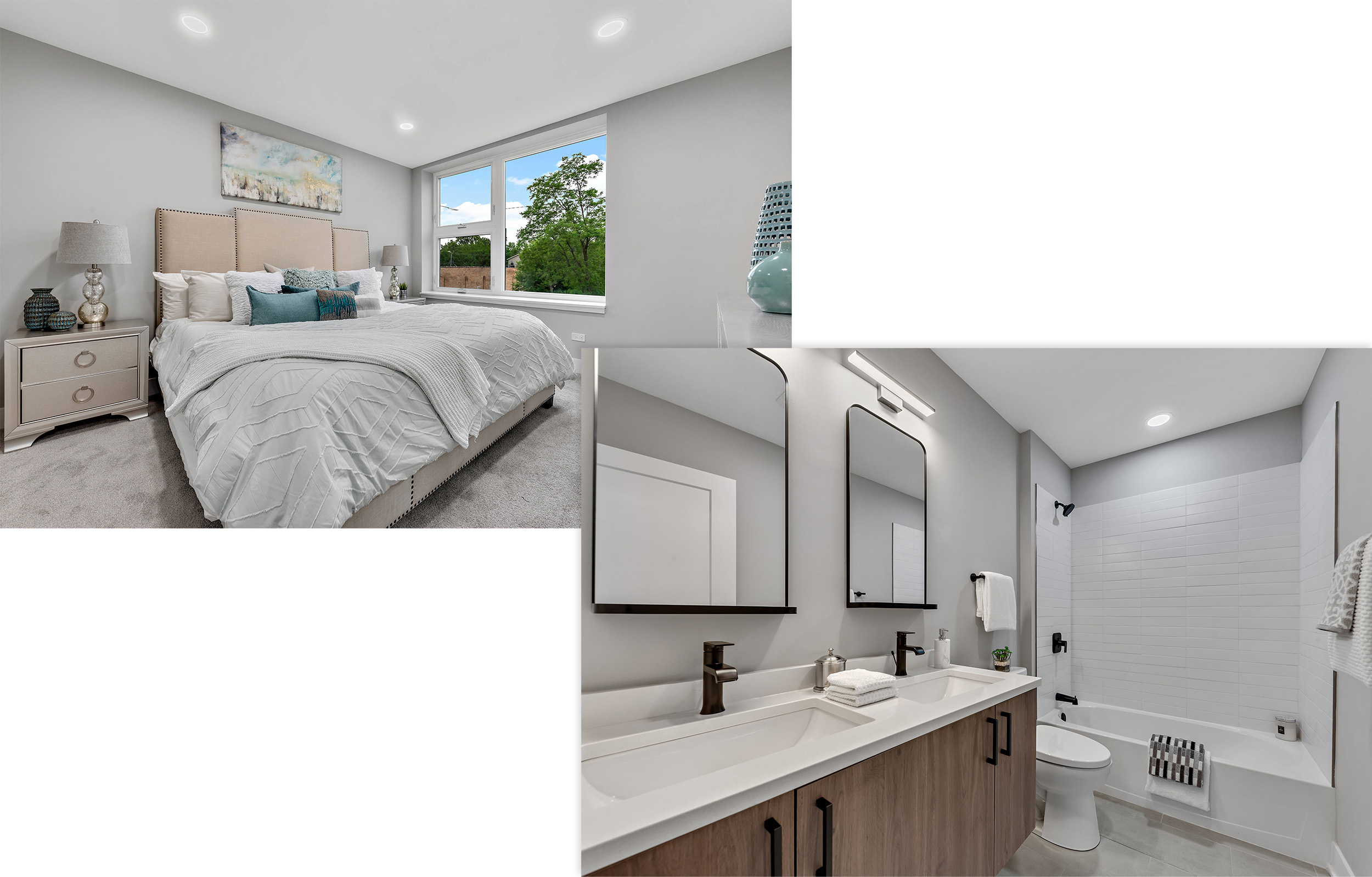
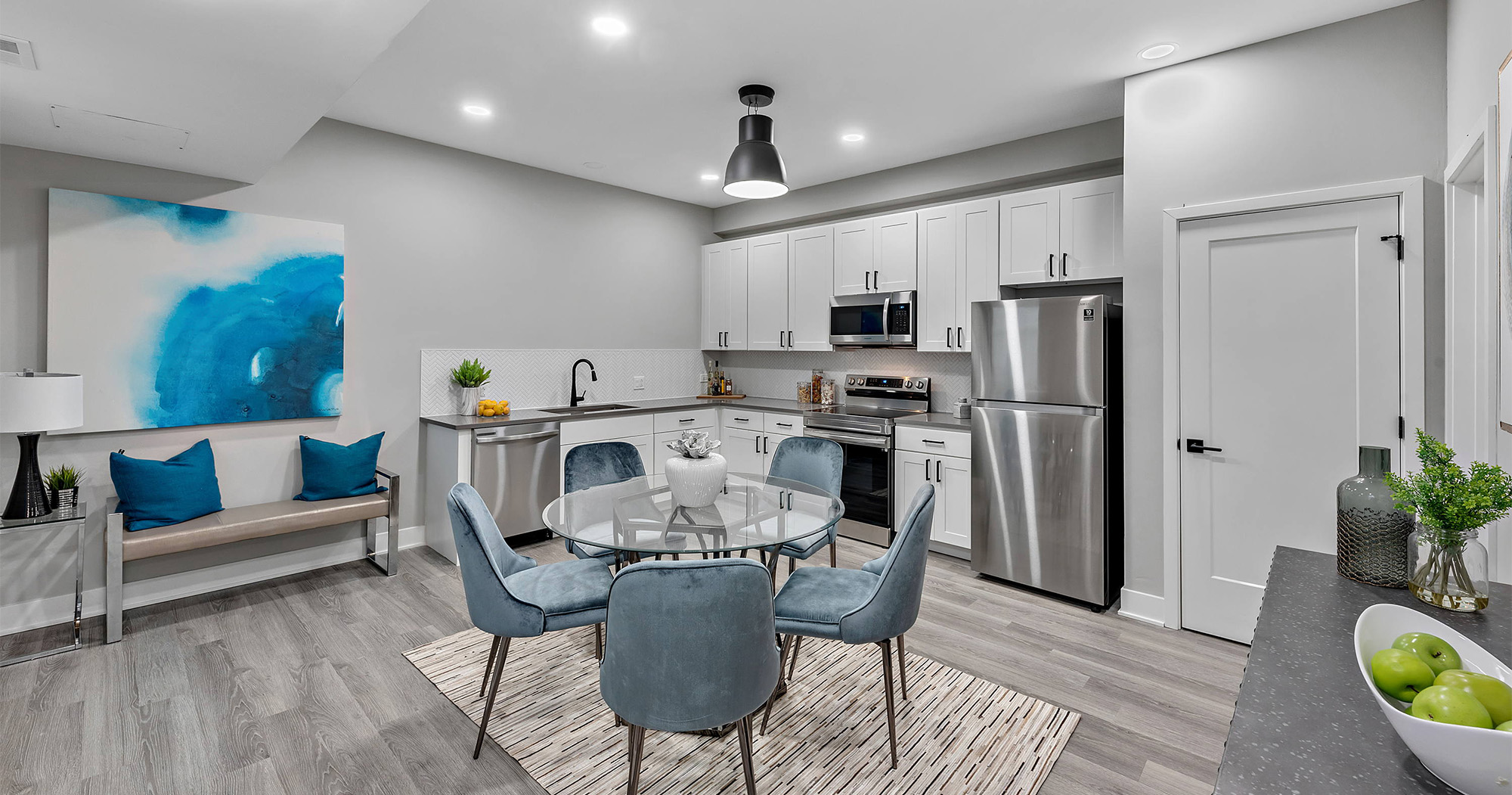
425 Grand Concourse
Bronx, N.Y.
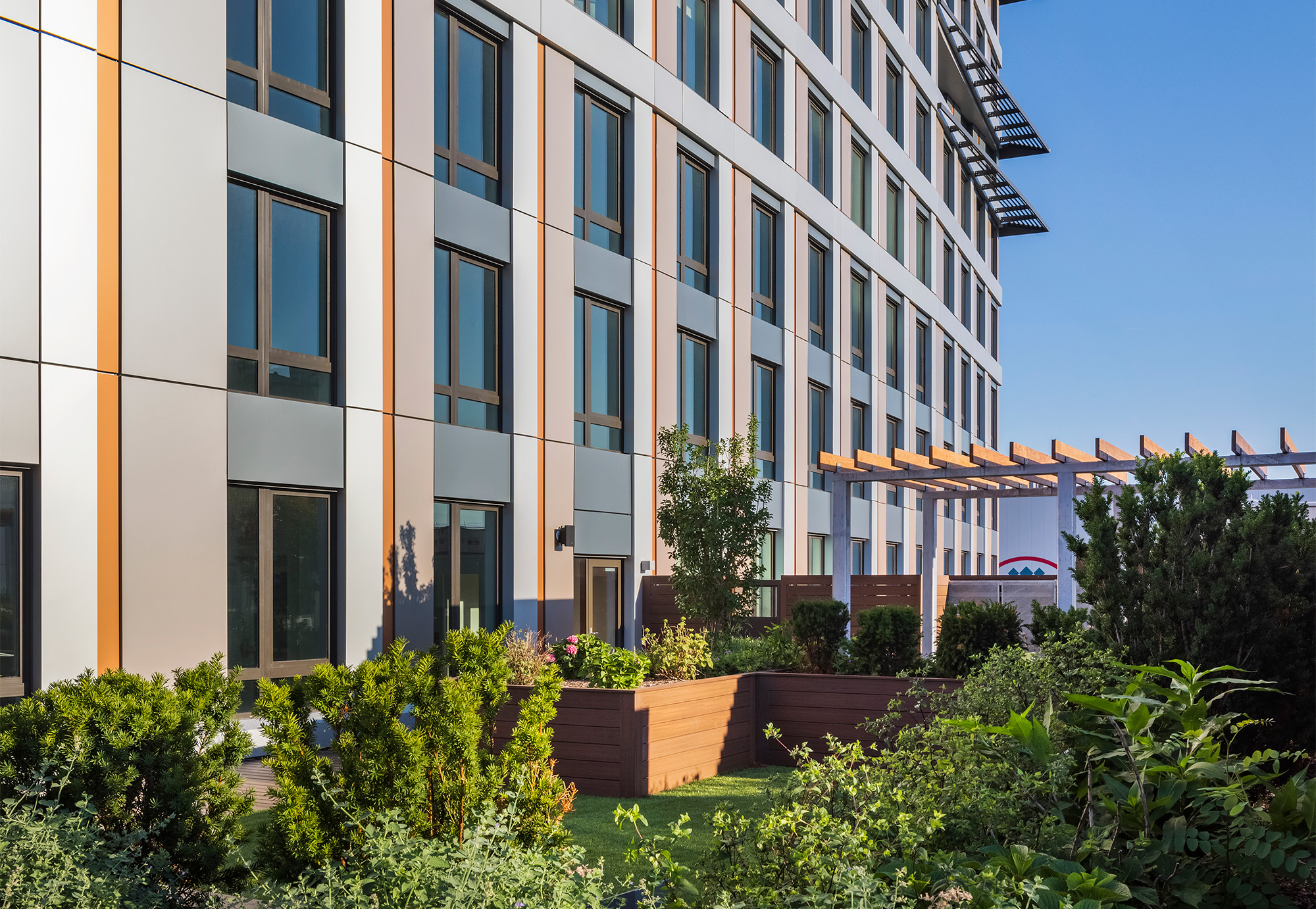
425 Grand Concourse, located in the Bronx, N.Y., is the largest Passive House project in North America to date. At 300,000 sf, Grand Concourse contains 277 affordable housing units (on an income tier basis), a medical facility, supermarket, community support space, and a new student services center for CUNY Hostos, the public community college.
The mixed-use development includes approximately 1,000 REHAU uPVC windows designed to meet PHIUS thermal goals. Built to Passive House standards, the building will consume up to 70% less energy than conventional housing projects, according to the project team. Grand Concourse provides a model for healthy living environments in a district with one of the worst childhood asthma rates in the country (due to high air pollution from heavy traffic and nearby waste transfer stations). Its PHIUS-certified design minimizes the release of harmful, asthma-triggering combustion gasses for tenants.
The building offers residents a wide variety of amenities including a recreation room, landscaped roof terrace, a lounge space, fitness room, laundry rooms, and bike storage. An additional benefit to the tenants at 425 Grand Concourse is that as a part of the development, an online “dashboard” was designed by Bright Power so tenants can—in real-time—review their current energy consumption and compare it with the average building readings.
On the Building Team:
Developer: Trinity Financial and MBD Community Housing Corporation
General Contractor: Monadnock Construction
Architect: Dattner Architects
MEP: Dagher Engineering
Passive House Consultant: Steven Winter Associates, Inc.
Window Manufacturer: Starr Windows & Doors, Inc.
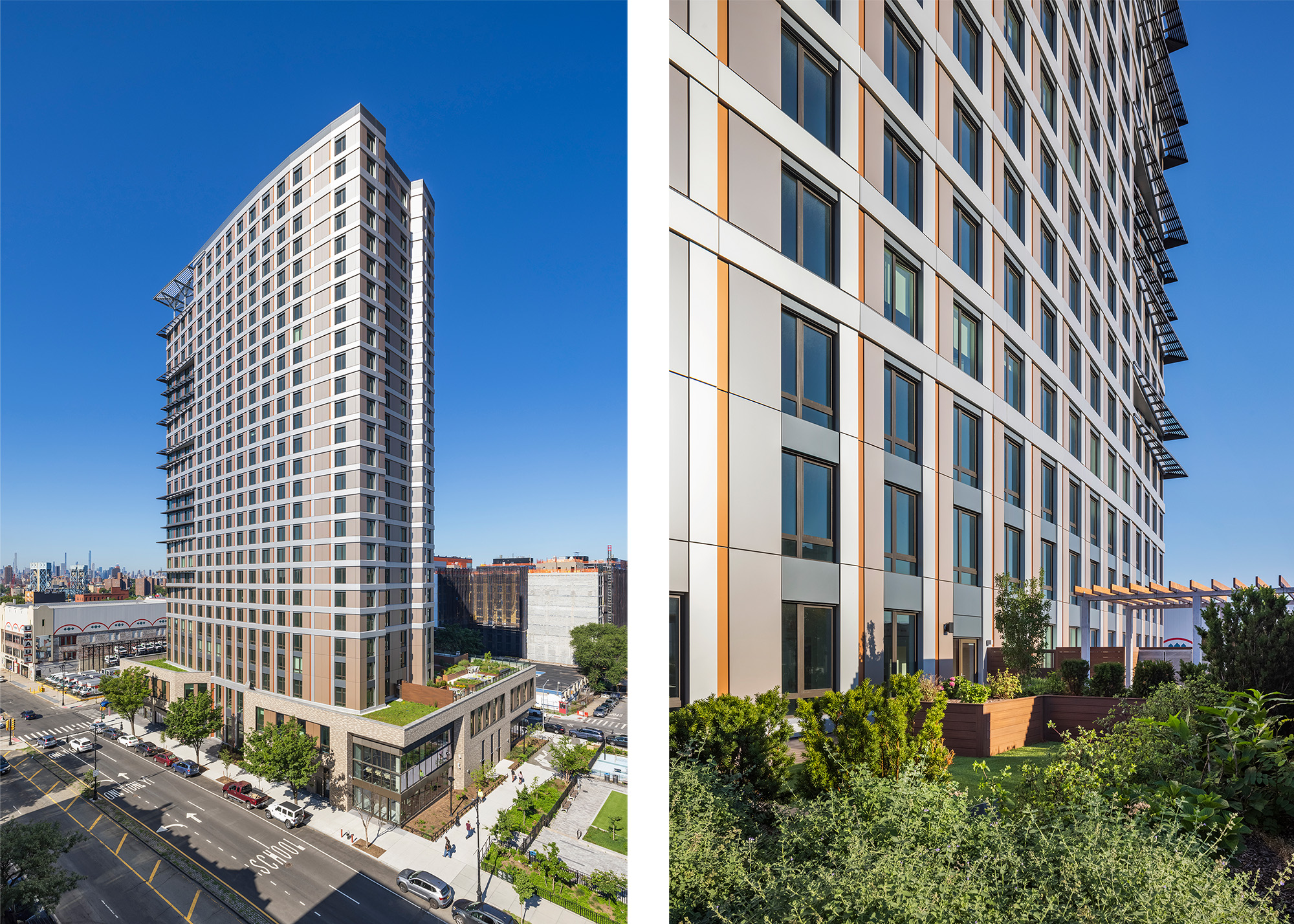
Related Stories
Mixed-Use | Feb 23, 2023
7 mixed-use developments that don't sacrifice housing affordability
Here are seven mixed-use, multifamily projects dedicated to providing affordable housing.
Affordable Housing | Feb 22, 2023
Passive House, sustainability standards meet multifamily development
These multifamily developments are not only Passive House (PHIUS) certified, but affordable for tenants.
Affordable Housing | Feb 15, 2023
3 multifamily projects dedicated to 100% living affordability
BD+C editors collected over 20 multifamily projects with a focus on affordable housing. These three developments took it to the extreme.
Affordable Housing | Feb 15, 2023
2023 affordable housing roundup: 20+ multifamily projects
In our latest call for entries, Building Design+Construction collected over 20 multifamily projects with a focus on affordable housing. Here is a comprehensive list of all projects in alphabetical order.


